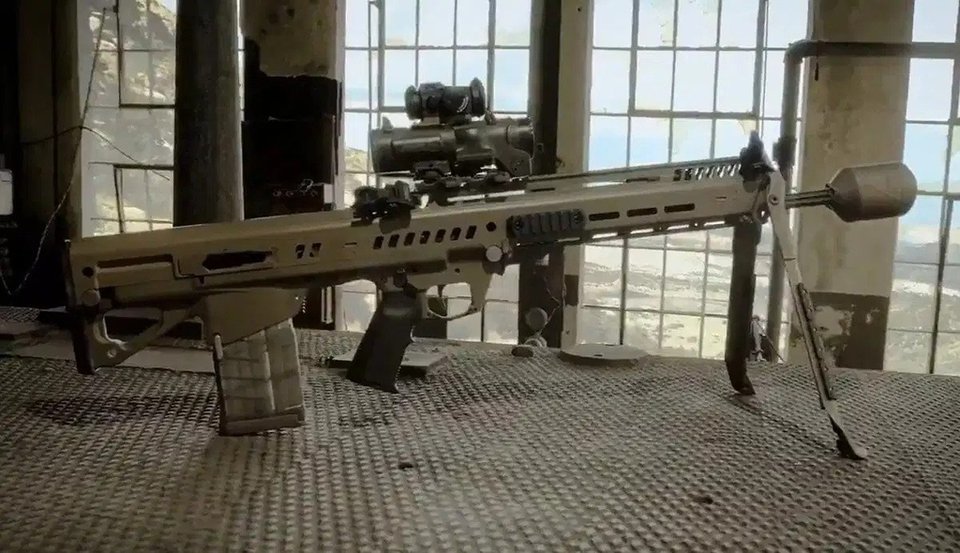Soldier systems
Battlefield basics: the soldier systems reshaping dismounted combat
Technology is changing the battlespace. More capable and reliable vehicles, jet aircraft and missiles enable novel strategies and tactics to evolve but dismounted warfare still takes place and combatants require similarly high-tech equipment. Norbert Neumann investigates some recent soldier system solutions.
Technology is changing the battlespace. More capable and reliable vehicles, jet aircraft and missiles enable novel strategies and tactics to evolve but dismounted warfare still takes place and combatants require similarly high-tech equipment. Norbert Neumann investigates some recent soldier system solutions.
Judging by defence policy reports, you’d be forgiven for thinking the technology focus was on data-driven solutions, AI, new-generation jet fighters, armed infantry vehicles and autonomous solutions. While these tools play an important role in changing how militaries plan and operate, soldier-worn equipment should not be forgotten.
International Institute for Strategic Studies senior land warfare research fellow Ben Barry says: “Any military organisation that deprioritise dismounted soldiers is taking a risk.”
Barry warns that when analysing recent conflicts like those in Iraq and Afghanistan, NATO allies should heed what made adversary forces a challenging adversary.
“The Taliban, for example, was predominantly an infantry force. It had no air power at all, and they just won it. They've defeated the US, NATO and their allies and the Afghan security forces, and their force was almost entirely dismounted soldiers,” Barry explains.
These conflicts also raised questions about the balance between technology for dismounted soldiers and those for more distanced engagement.
Firearms race
Urban conflict raises the inevitability of adversaries holding buildings, which Barry says leaves armies with two options.
“One is to destroy the buildings with the resulting risk of civilian casualties. The other one is to force the enemy out of the building, and, currently, there is no other way to do that than with dismounted soldiers,” he says.
Rifles are one of the basic tools ground troops use. With multiple updates and iterations, the M16 has been service American soldiers for nearly half a century. The US Army has spent decades and millions of dollars trying to replace the M16 rifle family. Some projects failed because the ambitious visions did not meet the available technology, others offered too few improvements to justify replacing the hundreds of thousands of rifles the army currently has.
One current dismounted weapons improvement project is the Next Generation Squad Weapons (NGSW) programme. The project aims to provide both a rifle and a squad automatic weapon, replacing the M4A1 rifle and the M249 light machine gun.
It also seeks to increase lethality by upping the 5.56mm calibre to a 6.8mm round. The calibre upgrade doubles the range, improves accuracy and control, and provides better overall performance. The two remaining contesters are Textron Systems and a partnership between General Dynamics, Beretta and True Velocity.
For the latter, General Dynamics designs the gun, Beretta conducts research and development and produces the gun and True Velocity provides the new 6.8mm round. Texas-based True Velocity is a composite manufacturing company with experience in the ammunition industry.
The consortium’s rifles are bullpups, meaning that the functional mechanism of the firearm is behind the pistol grip. Both the assault rifle and the automatic rifle designs use a gas and recoil system, and the automatic variant comes with a bipod.
The project was initially led by General Dynamics, but in April True Velocity and weapon manufacturer LoneStar Future Weapons announced a strategic partnership to compete in the NGSW programme. Under the arrangement, LoneStar become the prime contractor and True Velocity remained a sub-contractor. Six months later, True Velocity acquired LoneStar in an $84m transaction.

// General Dynamics has designed an automatic rifle variant for the Next Generation Squad Weapons programme. Credit: General Dynamics.
Battlefield visualisation
Situational awareness is a basic but vital requirement for commanders to achieve operational objectives. At the heart of this lies decision-making that relies on collecting, managing and displaying information. This task is called battlefield visualisation.
South Korean Hanwha Systems is developing a smartphone-based individual battlefield visualisation system for the South Korean military. Seoul-based Defense Acquisition Program Administration (DAPA) awarded the company a $12.5m contract that is set for 2024 completion.
The system will enable individual soldiers to collect and share battlefield situations in real-time with the rest of the team by linking their weapon sight to smartphone-based information processors, radios and tactical multi-band multirole radios.
The aim is to help them enhance the resilience of the network

// South Korean Hanwha Systems is developing a smartphone-based individual battlefield visualisation system for the South Korean military. Credit: Hanwha Systems.
DAPA head of science system project Choi Jong-Hyeop said in a statement: “The individual battlefield visualisation system is the first weapon system that uses commercial smartphones in battlefields.”
The agency believes the solution improves combat ability and increases soldier-survivability by reducing combatants’ direct exposure to enemy fire, as sharing information swiftly will enable troops to engage with targets while under cover.
// Main image: LoneStar is leading a bid to compete for the US Army Next Generation Squad Weapons programme. Credit: Lonestar